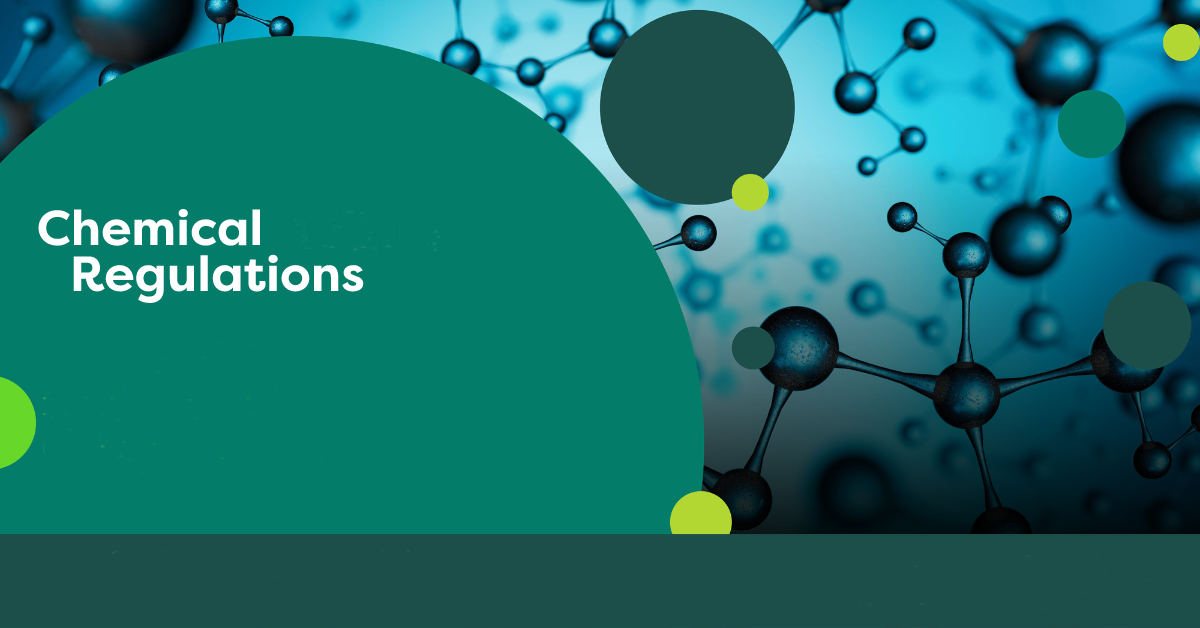In 2024, the chemical sector is encountering a dynamic regulatory environment focused on enhancing environmental protection and public health. Key developments include:
PFAS Regulations
The U.S. Environmental Protection Agency (EPA) has intensified efforts to regulate per- and polyfluoroalkyl substances (PFAS), often referred to as “forever chemicals” due to their persistence in the environment. In April 2024, the EPA issued a final rule designating PFOA and PFOS as hazardous substances under the Comprehensive Environmental Response, Compensation, and Liability Act (CERCLA), commonly known as Superfund. This designation holds polluters accountable for contamination and mandates cleanup efforts. Additionally, the EPA has proposed adding multiple PFAS compounds to the Toxics Release Inventory (TRI), requiring facilities to report annual releases and waste management activities related to these substances.
Air Emission Standards
The EPA has updated air emission standards for the Synthetic Organic Chemical Manufacturing Industry (SOCMI), marking the first significant revision in two decades. The new regulations aim to reduce hazardous air pollutants (HAPs) by implementing stricter controls and monitoring requirements, thereby enhancing air quality and public health protections.
State-Level Initiatives
States are proactively introducing measures to address chemical safety and environmental concerns. For instance, New Jersey has proposed legislation targeting plastic packaging waste, aiming for all such materials to be recyclable or compostable by 2034. The bill would require manufacturers to contribute to a fund designed to bolster recycling efforts and reduce solid waste.
International Developments
Globally, regulatory bodies are tightening controls on hazardous chemicals. The European Union is progressing toward comprehensive restrictions on PFAS, with proposals to ban these substances in various consumer products due to their environmental persistence and health risks. France, for example, has advanced legislation to prohibit PFAS in certain everyday items, reflecting a broader commitment to mitigating chemical pollution.
Anticipated Regulatory Actions
The EPA is expected to finalize additional rules concerning greenhouse gas emissions, chemical safety, and waste management. These forthcoming regulations will likely impose new compliance obligations on the chemical industry, emphasizing the need for companies to stay informed and prepared for changes in the regulatory landscape.

















